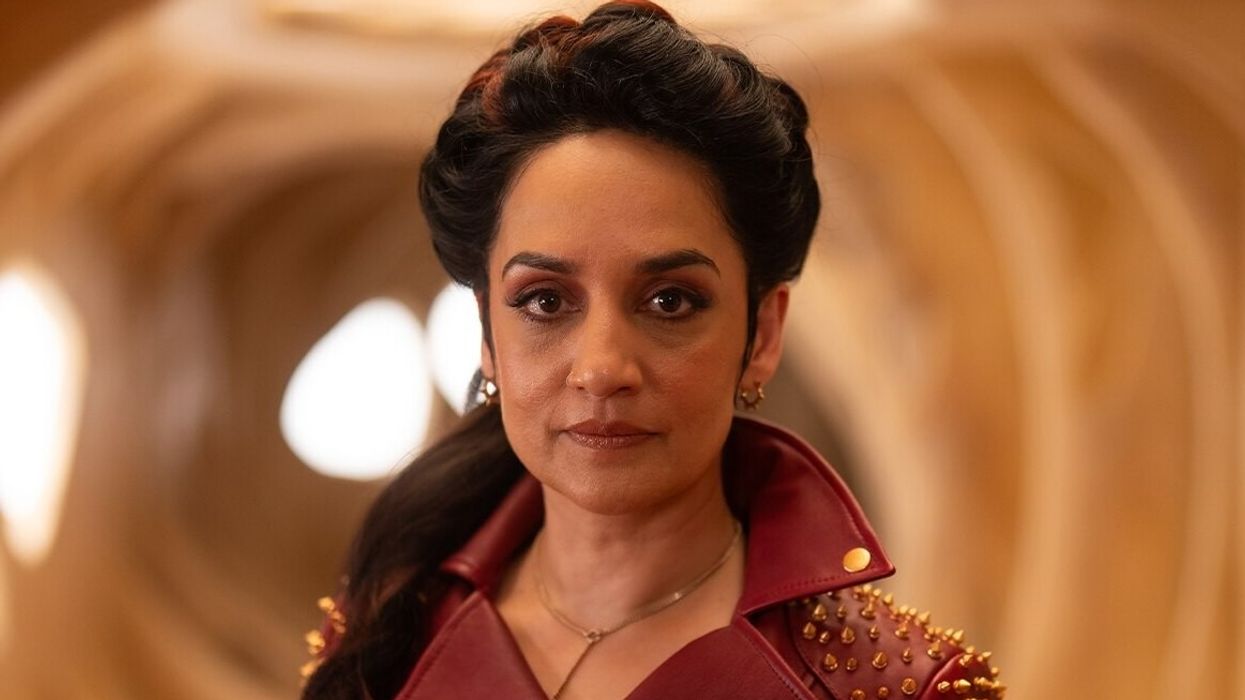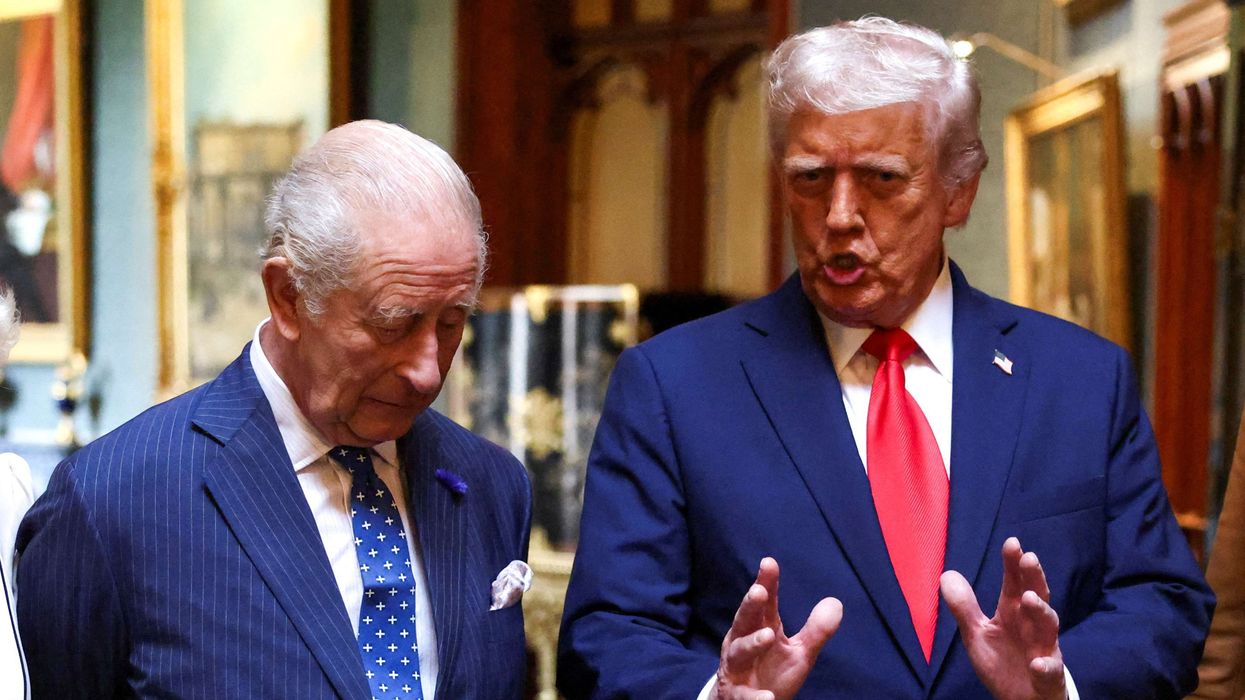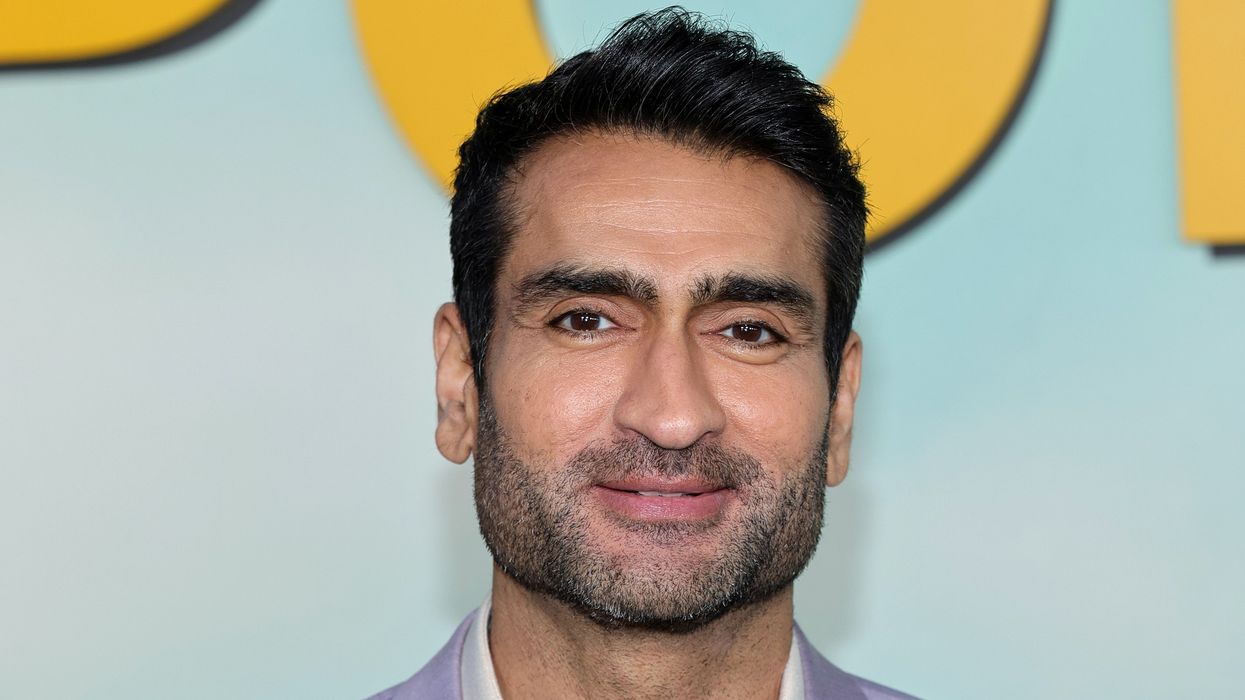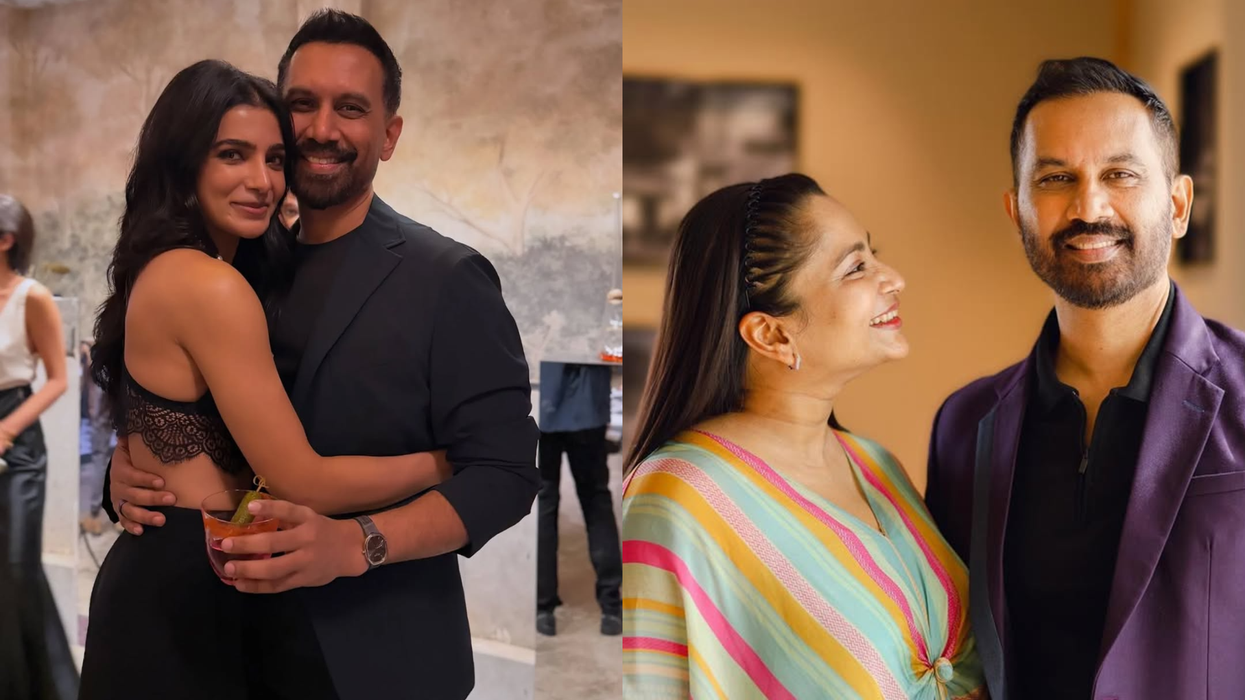
SINDOOR SHOW
Although many interpreted Aishwarya Rai Bachchan wearing sindoor at the recent Cannes Film Festival as a nod to India’s strike on Pakistan, it may have held a more personal meaning. After months of speculation about a possible split from Abhishek Bachchan, the gesture appeared to reaffirm that her marriage remains strong. It followed her recent Instagram post sharing a happy photo with her husband and daughter.

DEY’S LONDON DATE
Brilliant Indian bassist Mohini Dey will deliver one of this summer’s standout concerts at the world-famous Ronnie Scott’s Jazz Club in London on July 9. She has been unstoppable in recent years – releasing an acclaimed self-titled album in 2023 and collaborating with music legends such as Zakir Hussain, Quincy Jones and AR Rahman, as well as touring North America with Willow Smith. The only female bassist in MusicRadar’s Top 10 Bassists of the 21st Century, she promises a unique musical experience.
SHIVALI CASTS A SPELL
After being one of the leading lights of devotional music, Shivali launched a bold new chapter in her artistic journey with the sold-out one-woman show Queen of Wands in London last month.This powerful solo performance brought her spoken word album to life through a dynamic blend of music, poetry, storytelling, immersive visuals and diverse themes.
The British talent received a standing ovation for the thought-provoking and relatable show. Shivali said: “The experience was sublime, a different kind of feeling. I discovered I’m allegedly a comedian. It was one woman, but I had the backing of a team that rivals Michael Jordan’s Chicago Bulls. We are just starting conversations to take the show forward – and New York might be the first stop. More will be revealed soon.”

DISAPPEARING TV DRAMAS
While most people in India can cope with Pakistani celebrity social media accounts disappearing, the inability to watch drama serials from across the border has not gone down as well. The ongoing conflict has led to streaming platforms and YouTube channels blocking access to episodes of hit Pakistani dramas like Kabhi Main Kabhi Tum.
Although tech-savvy viewers have found ways around the restrictions, others are being forced to seek alternative shows to binge-watch.

DUD-LOOKING HISTORICAL
Riteish Deshmukh has unveiled the first-look poster of his passion project Raja Shivaji, which he is writing, directing, starring in, and releasing in multiple languages.
Unfortunately for him, the historical drama – based on the life of Maratha warrior Chhatrapati Shivaji Maharaj – features a line-up of past their-prime co-stars that audiences no longer seem interested in, including Sanjay Dutt, Abhishek Bachchan, Fardeen Khan, Genelia Deshmukh and Bhagyashree.
Deshmukh’s inexperience as a filmmaker will only add to the challenges Raja Shivaji faces ahead of its scheduled release on May 1, 2026. The only stone-cold certainty is that – like several recent Bollywood films about historical rulers – it will probably distort facts and lean heavily into jingoism.

JINXED KAIF SISTER
After more than a decade of trying – and failing – to find her footing in Bollywood, it may be time for Isabelle Kaif to read the room. Her 2022 film Time To Dance vanished without a trace, and just as she was supposed to get a long-delayed ‘break’ with the clumsily titled Suswagatam Khushamdeed, that too disappeared. A lack of interest led to the film being quietly pulled from a recent cinema release without explanation.Perhaps the producers finally realised they were throwing good money after bad. Being Katrina Kaif’s younger sister might have opened a few doors for Isabelle, but it clearly has not been enough to turn her into a star. It may be time for her to reconsider her career path entirely – whether that means working behind the scenes or stepping away from Hindi cinema altogether. At the very least, she needs to make smarter choices and find better people to advise her.

COPYWOOD KHAN
Promotions for Sitare Zameen Par are in full swing ahead of its release on June 20. Lead star and producer Aamir Khan will be hoping Bollywood audiences avoid watching the Spanish original Campeones, which his comedy-drama is a remake of. That 2018 film – along with its 2023 American remake Champions – is available on streaming platforms.
Social media users have already begun drawing comparisons between the original and scenes from the trailer, which could make it harder for June’s big Bollywood release to succeed. This does not bode well for Khan, who has a lot riding on his not-so-original film after two major failures – Thugs of Hindostan and Laal Singh Chaddha.
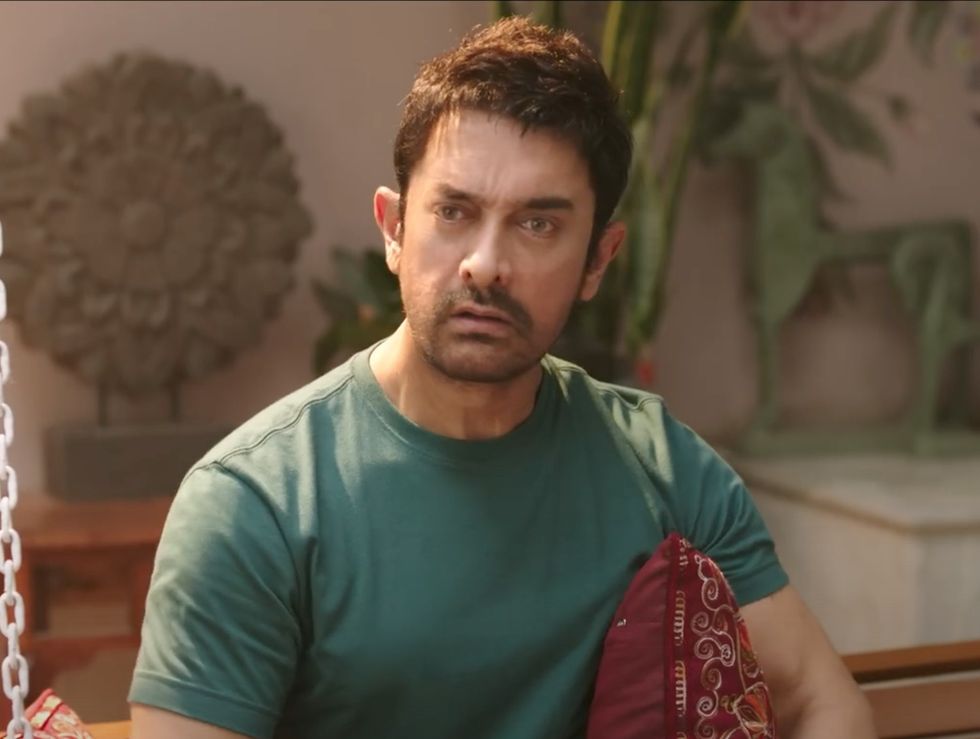
ARIJIT SET FOR STADIUM SHOW.
Tickets are now available for Arijit Singh’s upcoming concert at Tottenham Hotspur Stadium on September 5. This landmark event will be the biggest show ever headlined by a South Asian artist outside India – a testament to the singer’s global appeal.
The unassuming star is looking forward to returning to London. He said: “I’m just an ordinary person who happens to sing, and I’m incredibly humbled that I have the opportunity to share my songs and perform in London again. If that means I make history, then I will be very blessed.
“It makes me happy when the world sings my songs with me, and my London fans are the absolute best.” This milestone adds to Arijit’s remarkable list of achievements, including being the most followed artist on Spotify and featuring on Ed Sheeran’s forthcoming single Sapphire. It also marks a major moment for show organisers TCO Group and Vijay Bhola’s Rock On Music.
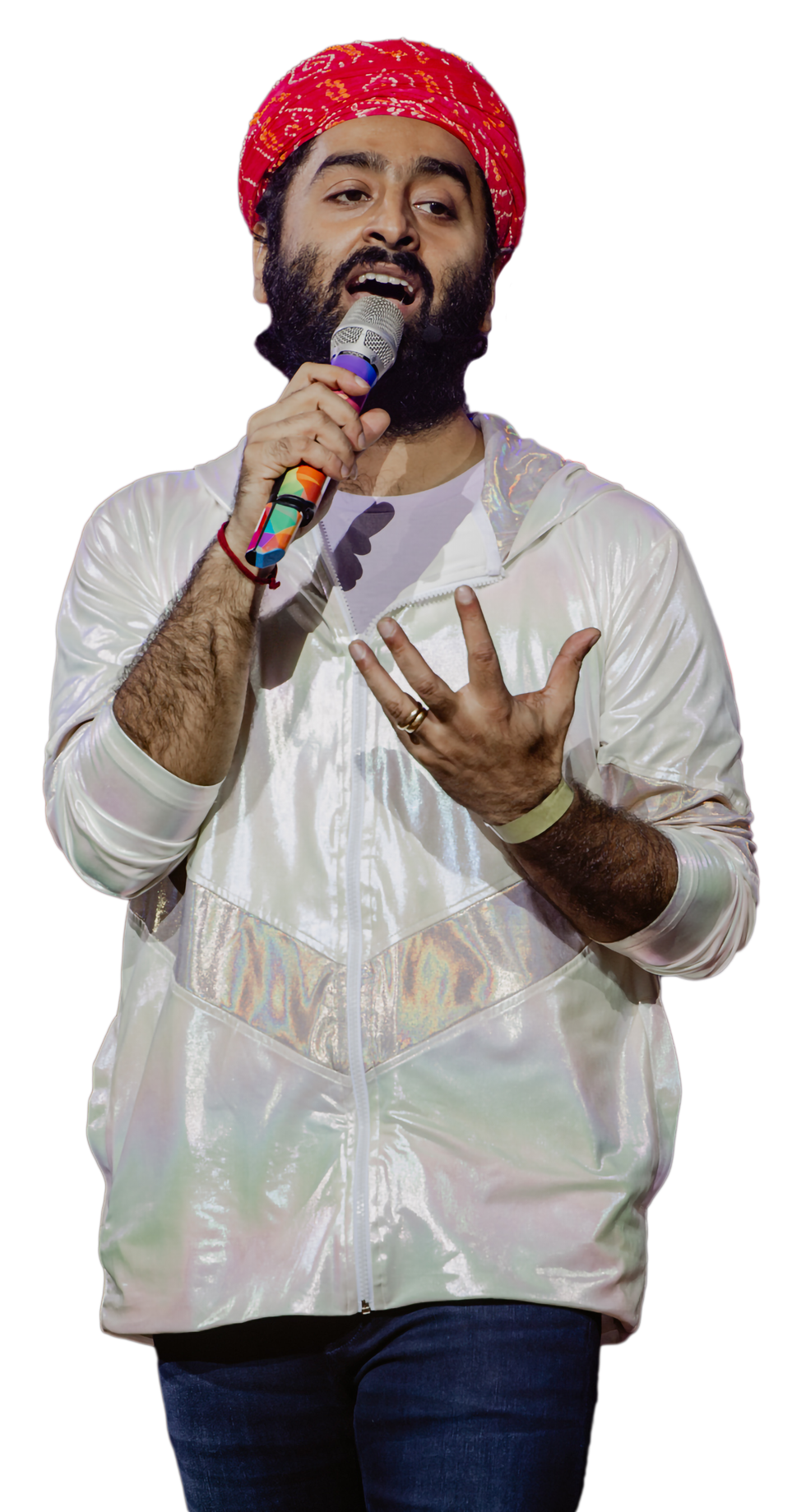
SNEHA SHANKAR IS JUST SENSATIONAL
I was really impressed with Indian Idol 15 finalist Sneha Shankar after watching her make her UK stage debut. The gifted 19-year-old has incredible versatility – ranging from the raw power of Sufi sensation Jyoti Nooran to the gentle finesse of Bollywood music queen Shreya Ghoshal. Although she did not win the reality TV show, her multi-layered vocals could turn her into a future superstar, if paired with the right songs. It is no surprise she secured a lucrative contract with India’s biggest record label, T-Series. She is destined for greatness.

